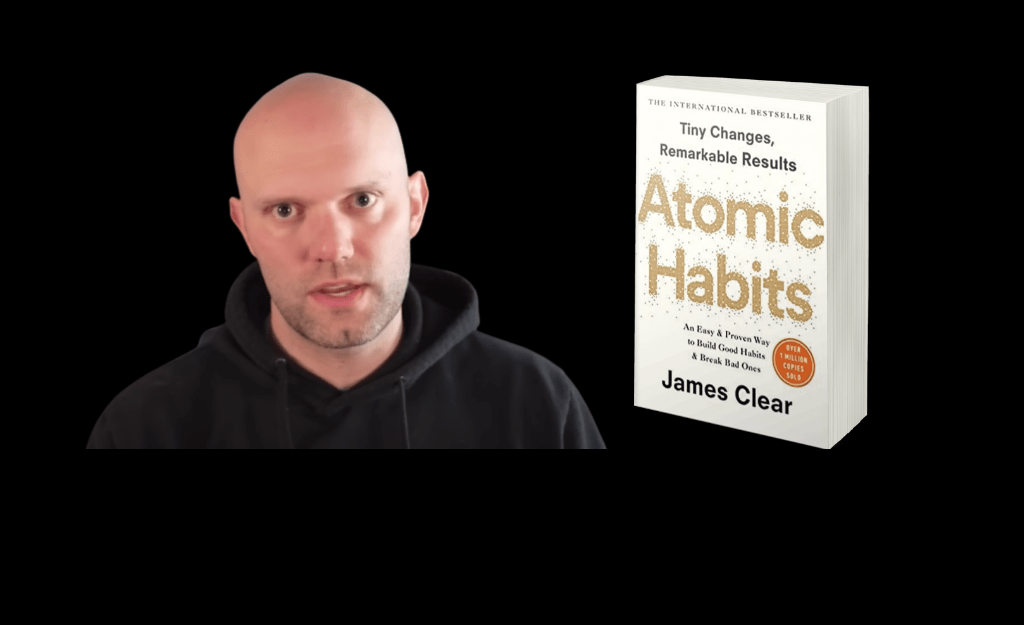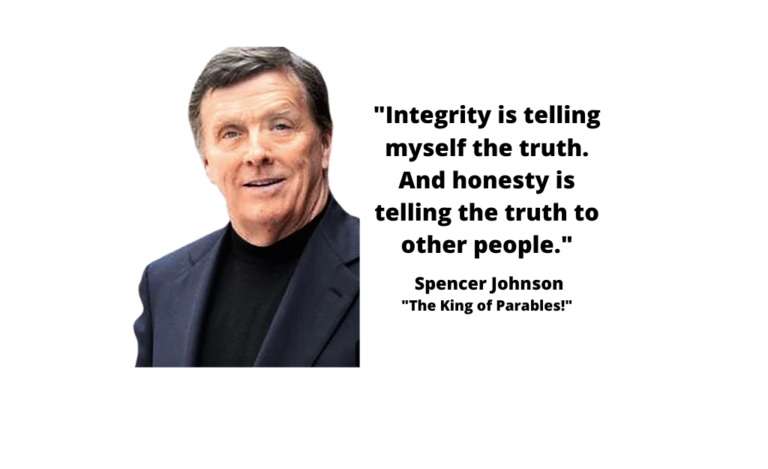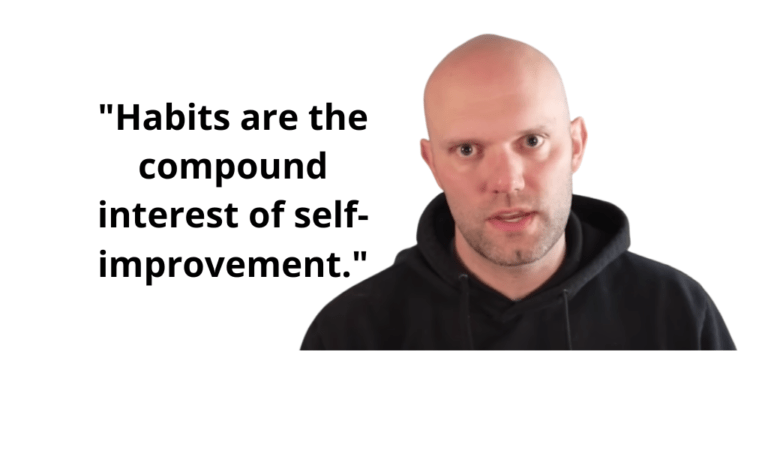Disclaimer: This post may contain affiliate links. For more information, please visit our Disclaimer Page.
Introduction
James Clear‘s book “Atomic Habits” is a comprehensive guide to forming and breaking good habits. In today’s world, where distractions and constant interruptions are commonplace, it is easy to fall into bad habits that harm our productivity and well-being.
On the other hand, forming good habits is a reliable way to improve our lives. This summary of Atomic Habits will explore the main principles and how they can be applied to our daily lives to create positive change.
Download the Summary of the book chapters by clicking the button below
The Problem with Goals
Goals are often seen as the key to success, but Clear argues that they can be problematic. Goals are based on a future outcome, meaning the satisfaction of achieving them is often temporary.
In the atomic habits pages, Clear instead advocates for focusing on systems based on present actions that can be sustained over time. Atomic habits are tiny, consistent daily actions that lead to significant changes over time.
The Four Laws of Behavior Change
| Steps | Designing Good Habits | Breaking Bad Habits |
|---|---|---|
| Cue | Make it Obvious | Make it Invisible |
| Craving | Make it Attractive | Make it Unattractive |
| Response | Make it Easy | Make it Difficult |
| Reward | Make it Satisfying | Make it Unsatisfying |
Explanation of the four laws and their importance in forming good habits
- Make it obvious: The first law is to make the habit obvious. This means making it clear and visible so you are constantly reminded. For example, if you want to start going to the gym, lay out your gym clothes the night before so that they are the first thing you see in the morning.
- Make it attractive: The second law is to make the habit attractive. This means associating the habit with positive emotion. For example, if you want to start a habit of reading, choose a book you are excited about.
- Make it easy: The third law is to make the habit easy. This means breaking the habit down into small, manageable steps. For example, if you want to start a habit of meditating, start with just one minute a day and gradually increase the time.
- Make it satisfying: The fourth law is to make the habit satisfying. This means associating the habit with a reward. For example, reward yourself with a small treat after each glass if you want to drink more water.
Here are some practical tips for applying each law to daily life:
Law 1: Make it obvious
- Create visual cues that remind you of the habit you want to form.
- Place reminders in visible locations, such as on your phone or computer.
- Use habit trackers to monitor your progress and hold yourself accountable.
Law 2: Make it attractive
- Find ways to make the habit more enjoyable, such as listening to music or making the habit with a friend.
- Focus on the benefits of the habit, such as improved health or increased productivity.
- Use positive affirmations to motivate yourself and stay focused on the habit.
Law 3: Make it easy
- Break the habit down into small, manageable steps.
- Set achievable goals and celebrate your progress along the way.
- Use habit stacking to link the new habit with an existing habit, making it easier to remember and perform.
Law 4: Make it satisfying
- Reward yourself after completing the habit, such as with a treat or a relaxing activity.
- Use social support to celebrate your successes and stay motivated.
- Focus on the positive feelings and benefits of the habit to reinforce the behavior.
The Four Steps of Habit Formation
The four steps of habit formation are cue, craving, response, and reward. Understanding these steps is crucial to forming good habits and breaking bad ones.

Advanced Strategies for Developing Good Habits
Explanation of Establishing and Breaking Habits
Developing good habits requires a deliberate and sustained effort over time. To break bad habits, you need to identify the cue that triggers the habit, whether it’s a specific time, location, or emotion. Once you’ve identified the cue, you can replace the bad habit with a good one. For instance, if you habitually snack on junk food while watching TV in the evening, you could instead go for a walk after dinner.
Establishing good habits is a gradual process that requires patience and consistency. You can use the four laws of atomic habits to help you establish good habits. For example, if you want to start an exercise habit, start with just five minutes daily and gradually increase the time.
Common Obstacles
Overview of Challenges to Developing Good Habits and Their Solutions
Establishing good habits is not always straightforward, and several obstacles can prevent us from making the changes we want. Common hurdles include a lack of motivation, time, accountability, and knowledge or skill.

To overcome these obstacles, begin with small, manageable steps, celebrate each success, and find ways to make the habit enjoyable and rewarding. Other strategies include finding an accountability partner, using habit-tracking tools, and building a supportive community.

It’s essential to acknowledge that failure is part of the process and to learn from setbacks rather than letting them prevent you from achieving your goals. By persisting, focusing, and being willing to adapt and learn, you can overcome common obstacles and establish atomic habits that will lead to a more productive and fulfilling life.
Conclusion
In his book “Atomic Habits,” James Clear outlines a plan for using tiny, easily implemented changes to bring about significant, life-changing results. Improvements in productivity, health, and quality of life can be made via the accumulation of several seemingly insignificant tweaks. By incorporating this article’s ideas and advice into our everyday lives, we can establish positive, long-lasting routines while shedding negative, self-defeating routines. Remember that progress, not perfection, is the key to success.
F.A.Q. about “Atomic Habits” by James Clear
What distinguishes a habit from a routine?
A habit is an automatic behavior without thinking, while a routine is a series of habits we perform in a particular order.
How long does it take to develop a new habit?
It varies, but on average, it can take 21 to 66 days to form a new habit.
What should I do if I miss a day of my habit streak?
Don’t worry about it; more important is being consistent over time rather than being perfect every day.
How can I break a bad habit I’ve had for years?
Start small and gradually increase the difficulty of the habit until you’re ready to tackle the primary problem. For example, if you want to quit smoking, you can begin by reducing the number of cigarettes you smoke daily.
How can I stay motivated to maintain good habits?
One approach is to track your progress and celebrate your accomplishments. Another is to find an accountability partner or a supportive community that can assist you in staying on track.
Quotes of “Atomic Habits”
“Habits are the compound interest of self-improvement.”
“Every action you take is a vote for the type of person you wish to become.”
“You do not rise to the level of your goals. You fall to the level of your systems.”
“Habits are the building blocks of your identity.”
“True behavior change is identity change.”
“The most effective way to change your habits is to focus not on what you want to achieve, but on who you wish to become.”
“It’s not about achieving a certain outcome, but rather who you become in the process of achieving that outcome.”
“The quality of our lives depends on the quality of our habits.”
Read the Biography of James Clear by clicking on the image below. Enjoy!!!!
Disclaimer: This blog post is a summary or resume of the book and is not intended to dispense the reading of the original book. This post aims to provide a general overview of the book’s main ideas and themes and encourage readers to read the complete book to gain a deeper understanding of the material. The information presented in this post is intended to be something other than a substitute for the original book and should be used as a supplement to, not a replacement for, the entire book. We strongly encourage readers to read the complete book to benefit from its ideas and teachings fully.








